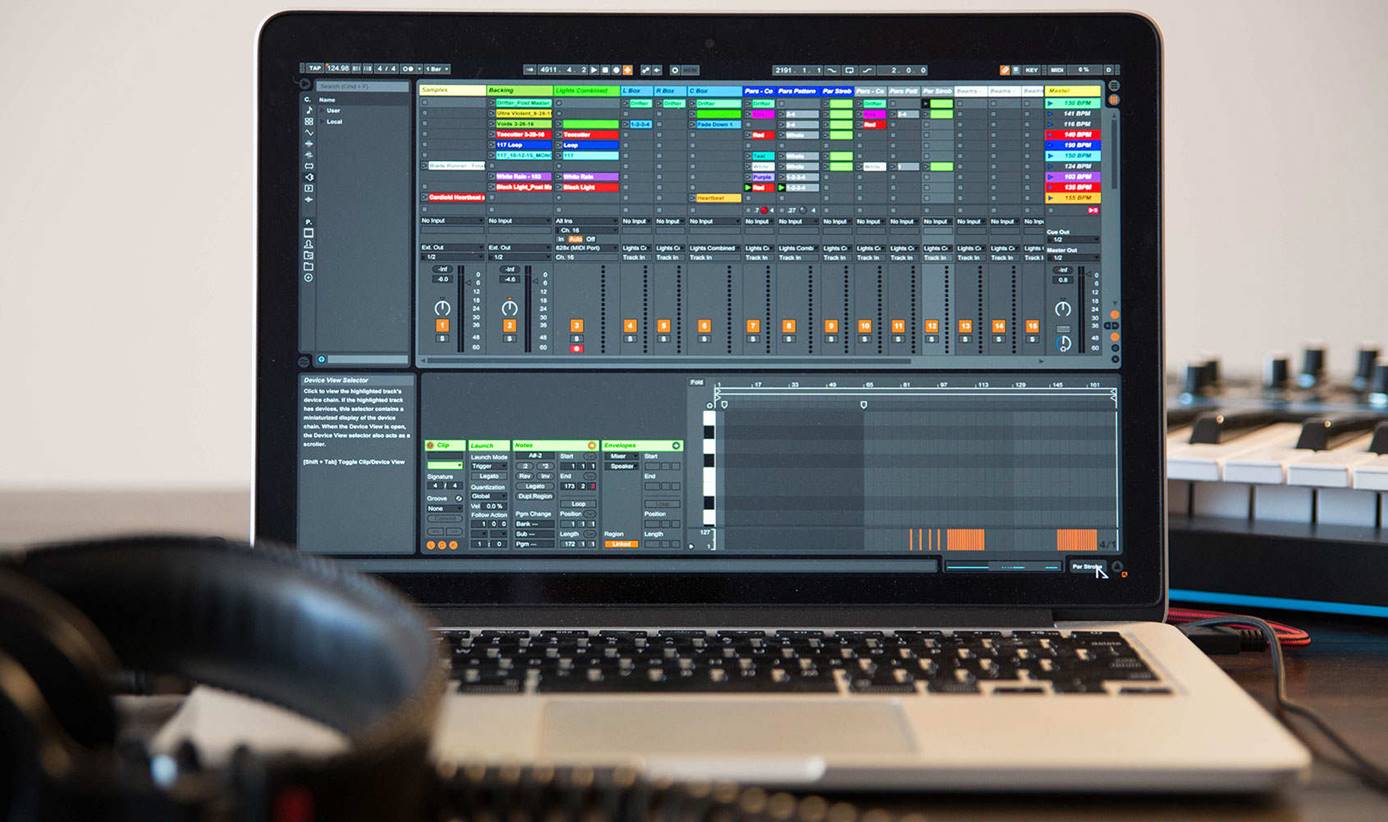Choosing the right DAW software (or digital audio workstation) is probably the most critical and important decision you’ll ever make when setting up your home recording studio…
Your DAW is where you will be mixing, editing, overdubbing and doing most of your music production at home…
If you want to produce the best possible music, you need to get the best DAW software for your music genre.
For beginners, I recommend checking out this article on the best DAW for beginners for you to decide what to choose.
What is a DAW?
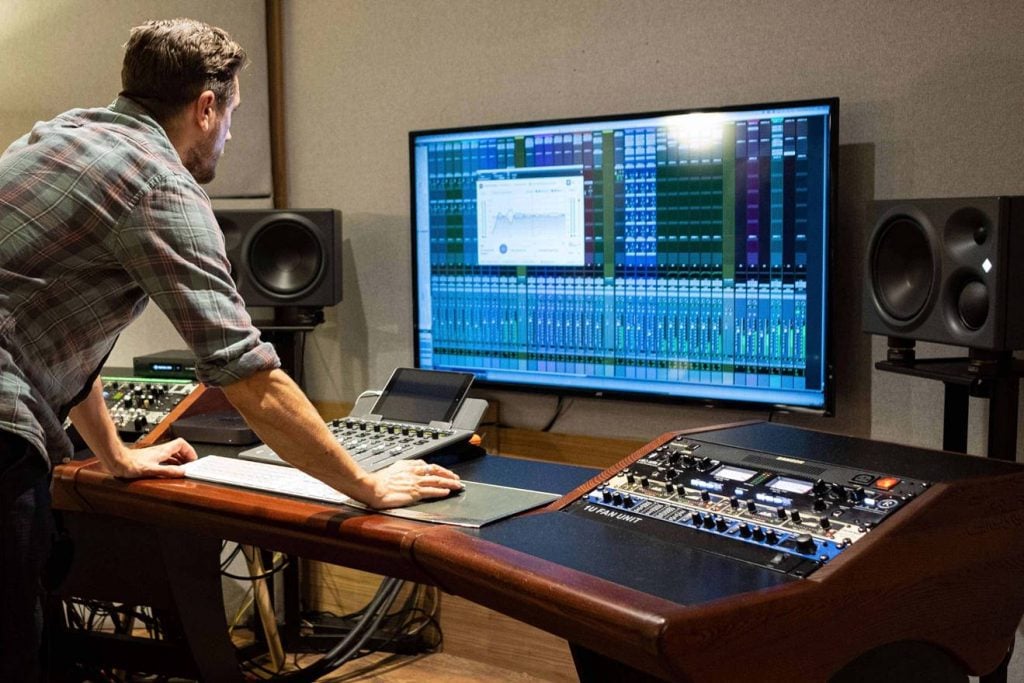
A DAW (or digital audio workstation) is a piece of software that you install on the computer to edit, record and mix tracks.
DAWs come with different customization options and plugins that allow you to add special effects and beats to your music.
Different types of DAWs have different plugins and VSTs to work with, but the more “established” DAWs have a tonne of plugins that you can use to edit your music…
How To Choose A DAW
Most people tend to ask if they should get a paid or free DAW…
Very often this depends on what kind of music you produce, and whether you intend to record professionally.
1. Paid vs Free DAW?
Compared to paid DAWs…
Free DAWs come nowhere close to the level of processing power, multitrack capability and plugin/VST support required to produce a professional recording…
While I wouldn’t recommend getting a free DAW for music production, there are two free DAWs that are more widely used in the industry…
When most beginners start out, they usually jump on these 2 FREE DAWs:
Free DAW #1: Audacity for Windows

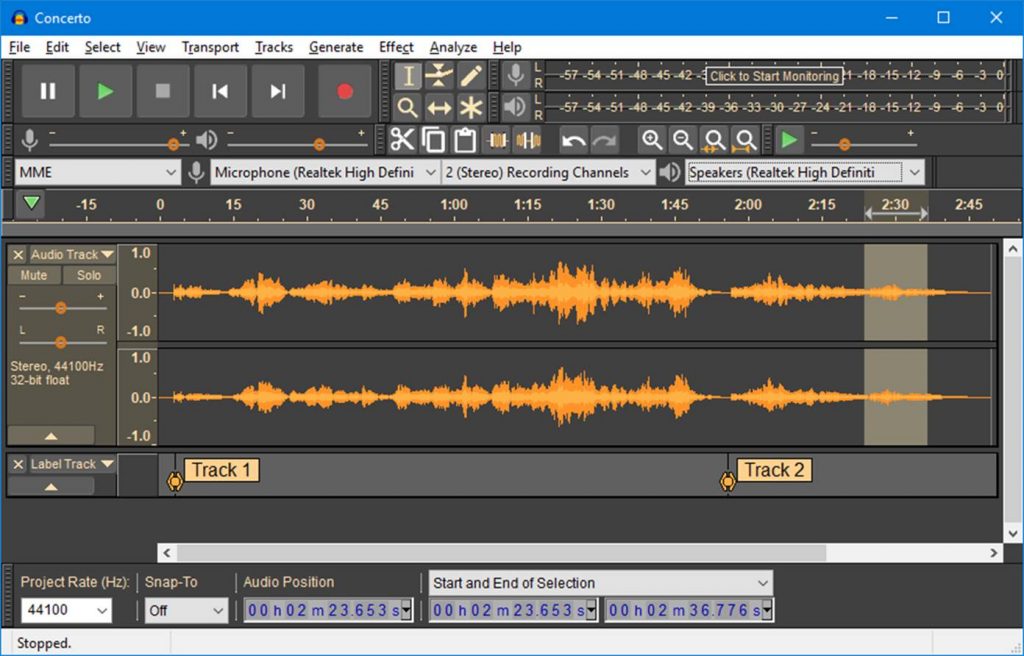
Audacity is basically free and open-source recording software which is simple to use.
It’s primarily built for Windows, but there’s also a Mac version available (although the full features have not yet been fully released for Mac)…
Check them out here:
Free DAW #2 GarageBand for Mac & iOS
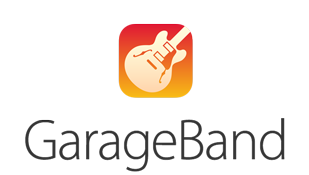
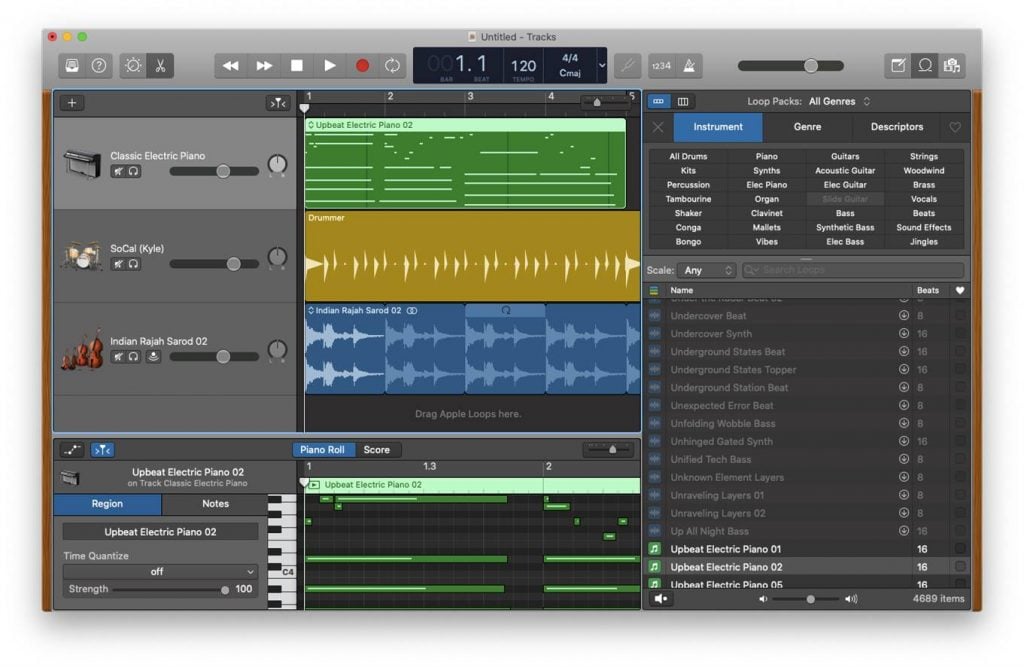
Garageband is free on IOS/Mac and there’s also a mobile app version which you can use to record audio…
Check them out here:
Should you use a free DAW?
While it may be tempting to use a free DAW…
I don’t recommend using free DAWs for any serious music production because:
- Free DAWs don’t sound as good as paid ones,
- You’ll have less compatible plugins/VSTs to work with,
- You’ll waste time re-learning everything when you upgrade to a paid version
There is also quite a steep learning curve involved in learning how to use a professional DAW…
Starting out with a paid DAW that you can stick with in the long term saves you alot of time and energy…
Best Free Professional DAW: Cakewalk by Bandlab
Until recently, no free DAWs came close to what a professional DAW had to offer…
With ONE exception…Cakewalk by Bandlab
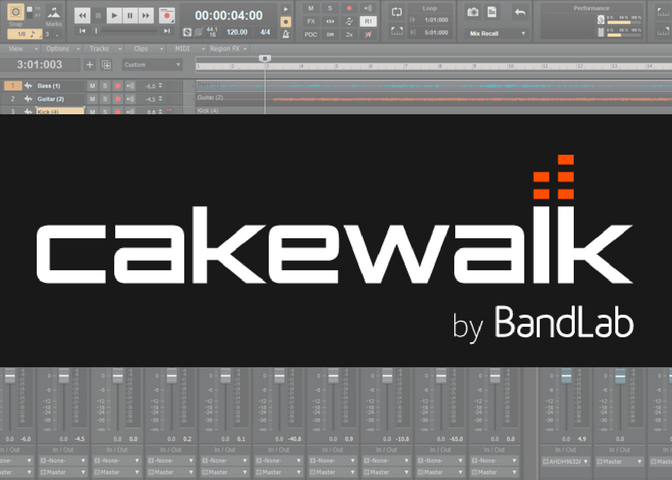
If you absolutely must use a free DAW, this is really your BEST option…
Bandlab was purchased by Sonar Platinum in 2018 and rebranded as Cakewalk by Bandlab. They essentially kept all the core features of the premium software and included them as part of their portfolio of free DAW software.
In short, Cakewalk (formerly known as Sonar) was once a “proper” DAW with a “proper” price tag…
Now, you can download this professional DAW software completely for free!
The downside is that Cakewalk is developed for Windows only users, so for Mac users, you’re out of luck!
Check them out here:
With that said…
2. Music Genre Specific DAW
Another important consideration before you buy a DAW is what kind of music you are producing and what music industry you are in.
For example, if you are producing EDM, hip-hop or Dubstep, you should choose a DAW that everyone else in the EDM industry uses, for example, Pro Tools or Reaper.
If you do alot of synths, then Reason 11 by Reason Studios might be a better choice.
For live performances and looping, most musicians go with Ableton Live 11.
For other music genres, you should go with whatever the industry is using.
This is because musicians in your niche will generally be using the same DAWs and use recording equipment that will sync to those DAWs…
If you are collaborating with other musicians, you’ll ideally want to be using the same DAW and plugins as everyone else, otherwise you will be losing a lot of time resolving compatibility issues and communicating with other producers about this…
So be sure to do your research and ask other musicians what they are using for their projects – before you buy your first DAW!
Here are the best DAWs currently available on the market…
3. Beginner-friendly DAW?
Many people have been asking what DAW they should get that is most “beginner-friendly”. Personally I think that you should just stick with one professional DAW with all the functionality that you need for your music, so you won’t have to move to another DAW somewhere down in your music career.
Some DAWs such as Pro Tools and Reaper do have a learning curve, but it is far better spending time learning how to use them then waste time on a crappy DAW that you won’t end up using in the longer term.
With that said, if you want to learn which DAWs have the most beginner friendly interface, check out this post:
The 9 Best DAWs for Music Production
Here are some of the best DAWs on the market that musicians use for professional music production.
1. Avid Pro Tools
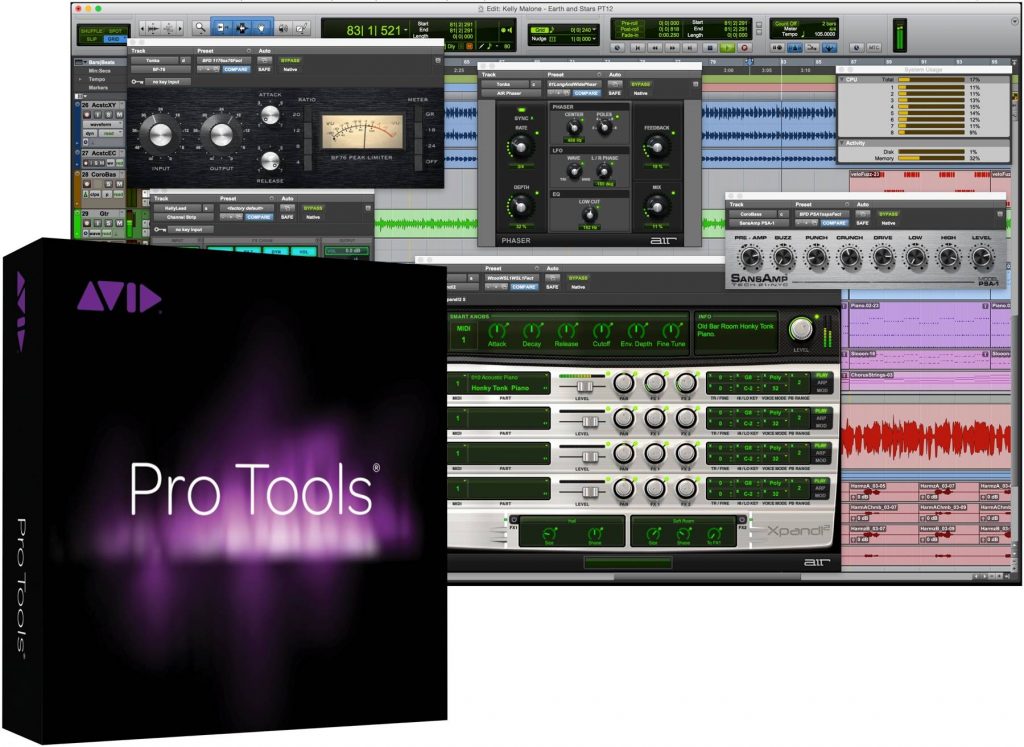
Pro Tools still remains the leading industry standard DAW for professional studio recording. This is the DAW that you’ll find in almost every professional studio.
This software is used by professional engineers to get the best mixes and edits.
Although Pro Tools does have a steep learning curve, it’s worth the time and effort to learn how to use it…
This is because once you master Pro Tools, you’ll effectively learn how to master every single other DAW out there…
You won’t find a better DAW that can support and edit multiple (50+) song tracks at the same time with a streamlined workflow.
That said, Pro Tools isn’t cheap, and there’s a monthly subscription which can quickly add up.
A more affordable option with virtually the same functionality is Reaper (see below).
If you want to get Pro Tools, there are 3 versions you can get at the moment:
- Pro Tools First – For beginner home recording studios
- Pro Tools (Standard) – For intermediate home recording studios
- Pro Tools (Ultimate) – For heavy duty professional music production
Up next…
2. Apple Logic Pro X
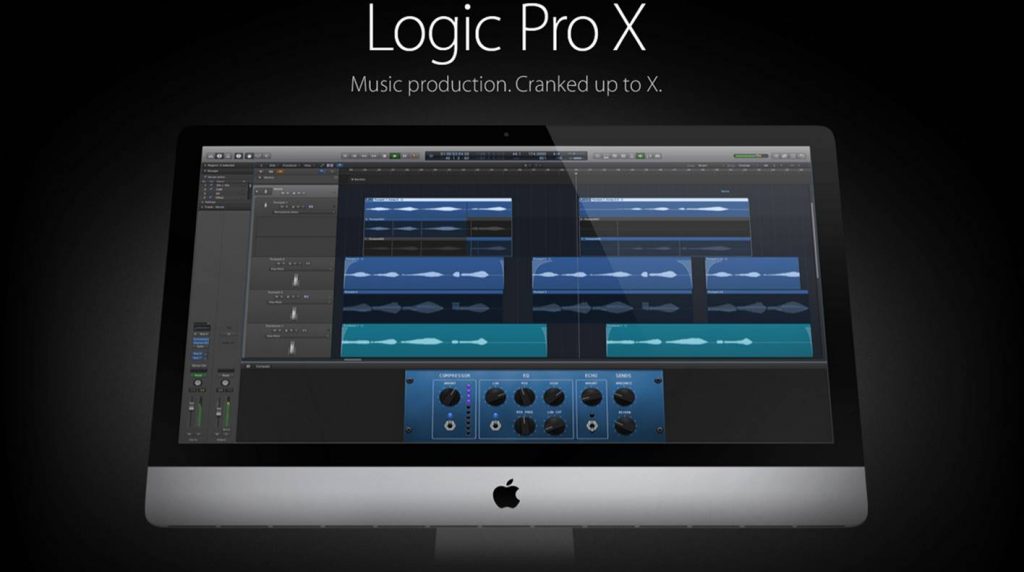
For Macbook users, Logic Pro X is your best choice…
This DAW is great for composing and producing music on an Apple Macbook. Everything about this DAW is optimized for the Mac, with stunning visual displays and intuitive interfaces.
Because this DAW is created none other than Apple, you can be assured that it will always remain compatible for Mac users!
Some of the latest additions to Logic Pro X include Ableton-style live loops which allow you to jam before recording them to your main timeline, a new step sequencer and updated samplers for ‘drag and drop’ music production.
As with other DAWs, Logic Pro X is much more effective for electronic music and dubstep music production, but is also great for rock, pop, jazz and other music genres.
Since Logic Pro X is exclusive to Mac users only, it’s not cross-platform compatible and you should take this into account if you are working with multiple computers.
Check them out here:
Up next…
3. Cockos Reaper
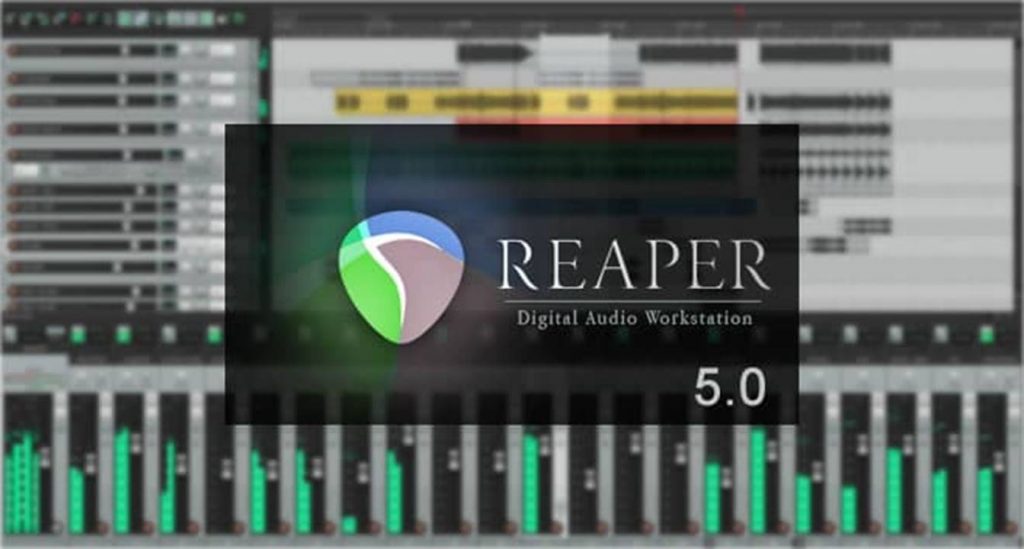
If you are looking for one of the most customizable DAWs on the planet…
Look no further than Reaper…
Apart from Logic and Pro Tools, Reaper has emerged as one of the more popular DAWs on the market…
Although relatively younger than Pro Tools or Logic Pro, Reaper is fast, flexible, adaptable and has an optimized CPU load that few DAWs can match.
Compared with Pro Tools, Reaper is a more customizable DAW with a clean and intuitive interface. It also comes with a library of synths and addon plugins.
Apart from a large suite of JS-plugins, this DAW has easy routing and automation and can be configured to your specific production needs.
They are great for heavy-duty music production including mixing, editing and mastering, and is suitable for almost every music genre including EDM, rock and classical.
One of the things we liked about Reaper is that it is not as resource intensive on the CPU. It takes up less disk space and doesn’t take up much RAM to operate.
That said, because Reaper is so customizable and has too much functionality, it isn’t the most beginner friendly DAW out there…
But it’s certainly one of the more affordable options at the moment…
Check them out here:
Up next…
4. PreSonus Studio One
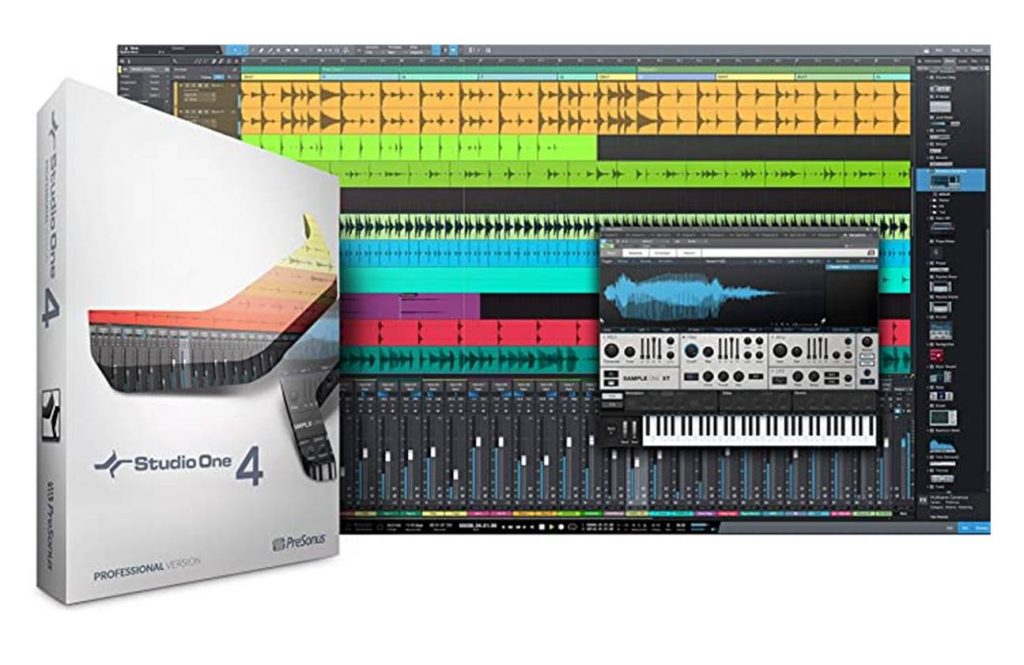
While PreSonus Studio One is a relatively new entrant into the DAW space, it has gained a lot of traction and popularity due to its EDM-friendly editing features, such as:
- Integrated drum and harmonic editing, with native gain and phase controls while mixing.
- Proprietary internal MIDI protocol to add MIDI effects.
The drum editor makes Studio One pretty similar to Reaper for EDM music production, drum programming and mixing and creating all sorts of music.
We also liked its ‘songwriting” design which allows you to compose on the fly and even output printable music scores directly from your DAW tracks.
While the user interface may seem slightly clustered, Studio One is overall easy to use and very powerful.
If you intend to get PreSonus Studio One, you should get it bundled with an audio interface (as the software comes included in the package) as it is much more cost-effective than getting the standalone software.
Check it out here:
- PreSonus Audiobox 96 Recording Bundle (software + interface + headphones)
- PreSonus Studio One 5 Artist (software only)
- PreSonus Studio One 5 Professional (software only)
Up next…
5. Image-Line FL Studio
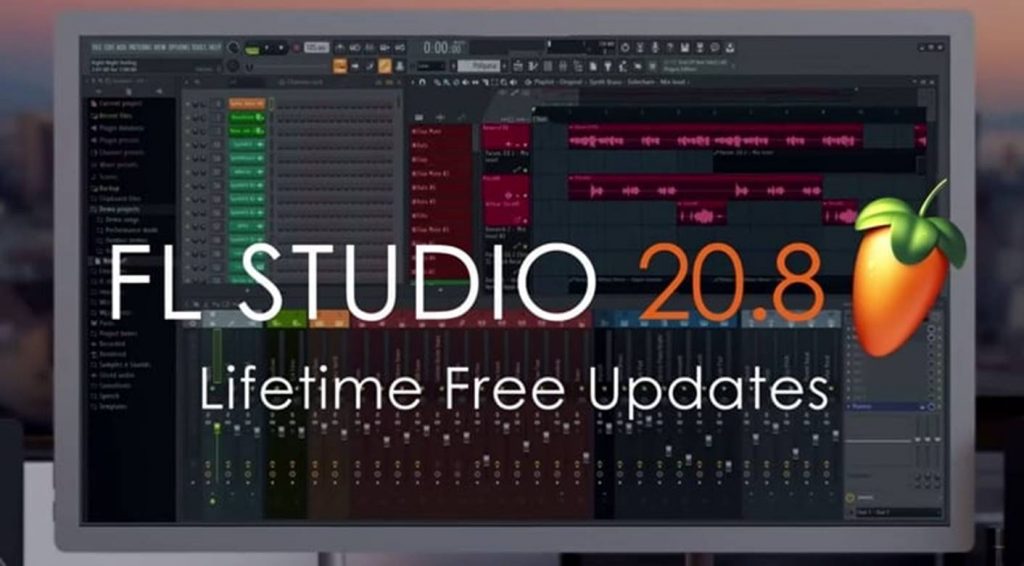
Originally known as FruityLoops…
FL Studio is one of the more beginner-friendly DAWs on the market right now, and is particularly good for EDM and hip-hop music production.
It’s also suitable for both Mac/Windows users which makes this one of the few DAWs that are truly cross-platform compatible.
In addition, FL Studio offers free life-time upgrades to all FL Studio users, meaning that all existing users can upgrade to version 20 without additional fees!
Apart from lifetime upgrades, one of the things that we liked most about FL Studio is the step sequencer – which allows for quick beat creation and crafting out your song’s structure.
It also comes with an enormous library of synths and plugins for any type of EDM music. The software itself is simple and highly intuitive to use, making them suitable for beginners.
Check them out here:
- Image Line FL Studio 20 Producer Edition
- Image Line FL Studio Signature Edition
- Image Line FL Studio Fruity Edition
Up next…
6. Ableton Live
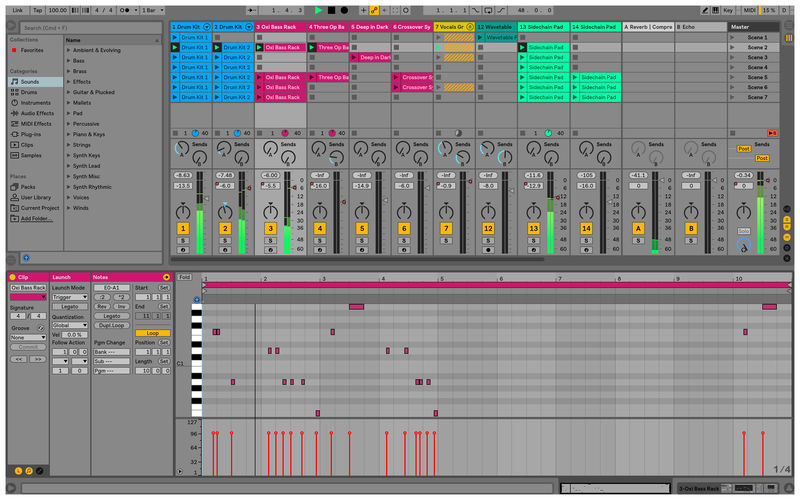
Initially designed for live performances…
Live has grown to become one of the most popular DAWs for electronic, rock and pop music producers.
The software features beat and loop creation, multitrack recording and sound processing with its built-in VSTs.
It’s incredible MIDI and automation features with “session view” is one of the reasons why this DAW remains so hugely popular today…
Live also releases sample packs to their sample library which you can use on your tracks, which is definitely a HUGE advantage.
If you want to get fast and easy results for your EDM recordings, Live is a really attractive option and is a great alternative to Pro Tools.
Check them out here:
Up next…
7. Steinberg Cubase Pro
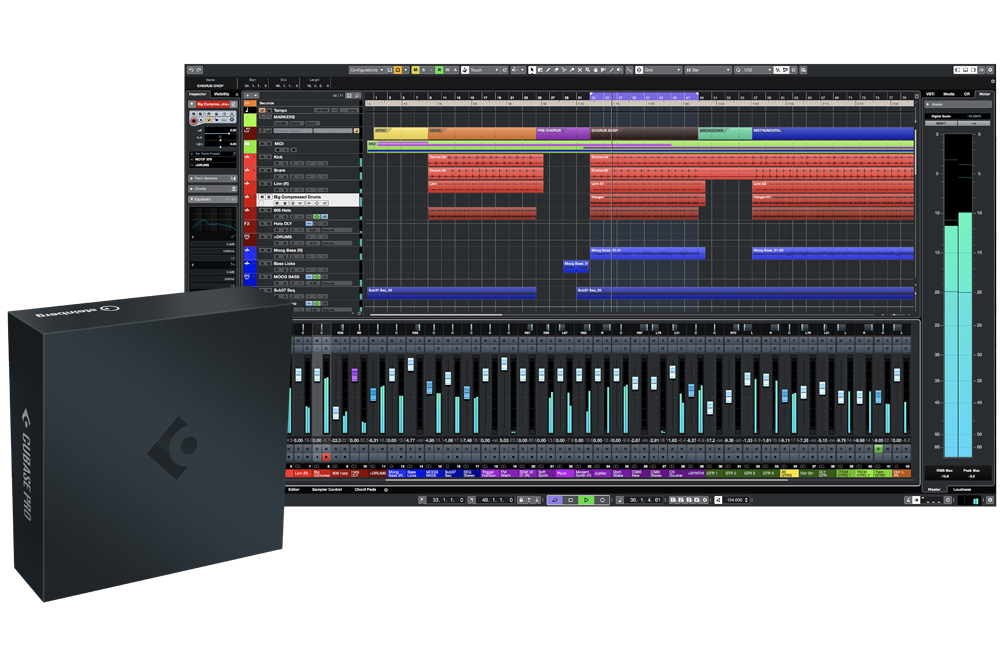
It’s not an exaggeration to say that Cubase has been around forever…
Because it has been around for such a long time, it remains a trustworthy and stable option for music producers and has built up a reputable fan base over time.
Compared with other DAWs, Cubase comes included with great plugins, instruments and samples, and more plugin effects.
This makes mixing, editing and writing music really easy on this DAW. That said, it isn’t particularly beginner friendly due to its ‘old-fashioned’ workflow.
Still, it’s a popular option for music producers who love the brand…
Cubase comes in three separate packages: Pro, Artist and Elements
Check it out here:
- Cubase Pro 11
- Cubase Artist 11
- Cubase Elements 11
Up next…
8. Reason Studios Reason 11
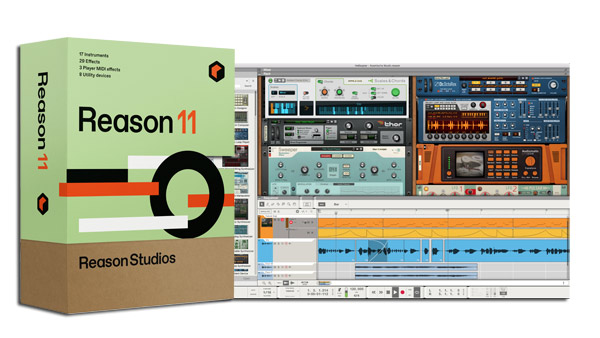
Originally developed by Propellerhead Software (now Reason Studios) as a virtual synthesizer workstation, this DAW is designed for pro music production with a huge selection of built-in sounds and generators.
Reason 11 has one of the largest synth racks around, with a full library of synths, samplers, wavetables, loops and drum machines.
You can basically create an entire studio of electronic sound within this software by routing synths through mixers, modulators and mixing them with other plugin effects.
The DAW also includes sequencing and drum programming with the ability to mix your synths alongside your live audio tracks.
The latest update in Reason 11.2 comes with the ability to add new MIDI out device for controlling your external gear and more stock instruments and effects.
While you can also use Reason as your main DAW, most musicians use them exclusively as synth workstations.
Check them out here:
- Reason 11 Intro (for entry-level music production)
- Reason 11 (for intermediate-level music production)
- Reason 11 Suite (for professional music production)
Up next…
9. Bitwig Studio
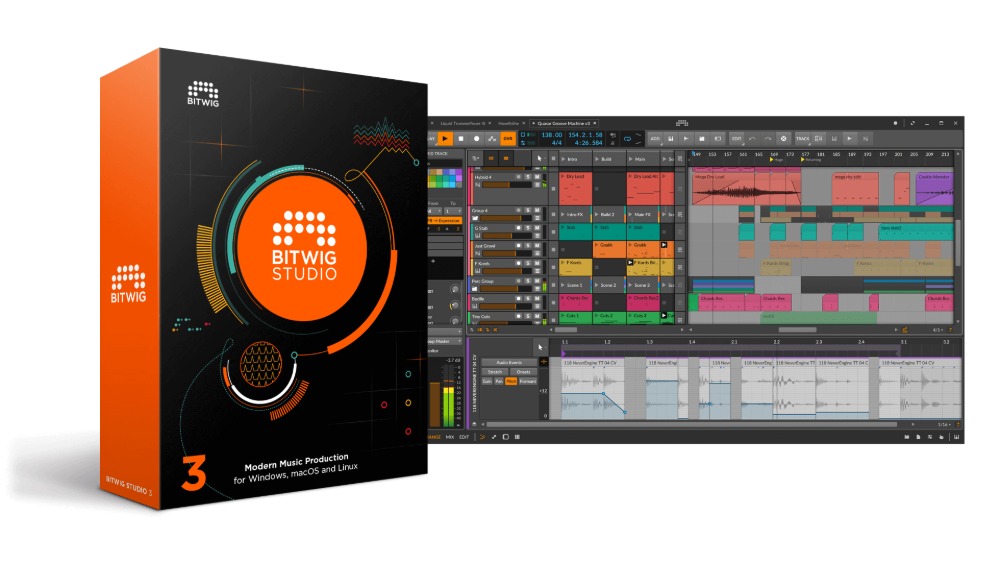
Although this DAW is one of the lesser known DAWs on the market, producers continue to use it for music production and live performances.
This software was created by ex-Ableton engineers and comes with intuitive workflows and composition techniques.
While the software is still in development, it currently offers powerful modular environments for creating effects and sounds and intuitive songwriting tools.
If you are looking for a DAW with digital modular setup, Bitwig is definitely a great choice.
Check them out here:
- Bitwig Studio 16-Track (For entry-level home studios)
- Bitwig Studio (For professional level home studios)
And that’s it!
Next Steps
Once you have settled on your DAW…
The next step is to install it into your computer and start producing music!
For a recap on the essential items you need to get started with home recording, check out these posts:
